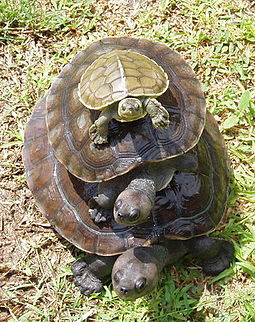"Learning to Reflect" is a module for the ANU TechLauncher program developed in late 2018 and first run in semester 1, from February 2019. This was designed for blended delivery, with the option of easy conversion to full online delivery. That option was needed for Semester 1, February 2020 due to COVID-19,. The two face to face workshops were replaced with Zoom video conferences. The online content and activities were unchanged.
The assessment was removed from two online quizzes and forums, leaving just two assignments to provide 20% of Techlauncher assessment. This was done in an attempt to reduce the burden on students, and staff, who were suddenly required to change from face-to-face to online learning. The students still had their tutors at Zoom video-conferences, to help them keep up with their studies.
About 90% of students still completed the quizzes, despite them not counting towards assessment. In contrast, about 90% of students did not post regularly to the online forums. The difference may be because the quizzes were quick and easy to complete, being multiple choice, whereas the forum posts required composing text. Also the quizzes returned instant feedback in the form of connect/incorrect and a numeric score, whereas there was no automated feedback in the forums. When the forums are assessed, there is feedback from students (which is also assessed). However, some form of tutor-bot might be useful to give instant feedback.
A paper on the design and blended delivery of the module is available:
Worthington, T. (2019, December). Blend and Flip for Teaching Communication Skills to Final Year International Computer Science Students. In 2019 IEEE International Conference on Engineering, Technology and Education (TALE) (pp. 1-5). IEEE. https://doi.org/10.1109/TALE48000.2019.9225921






